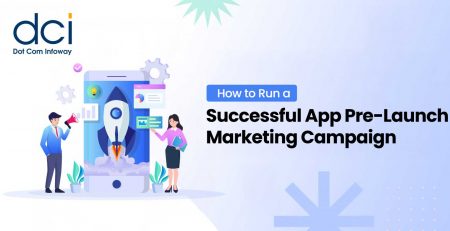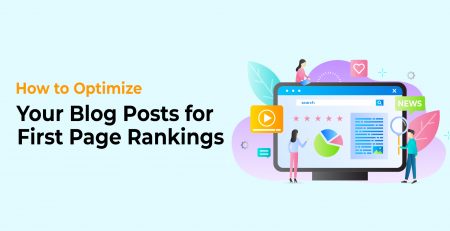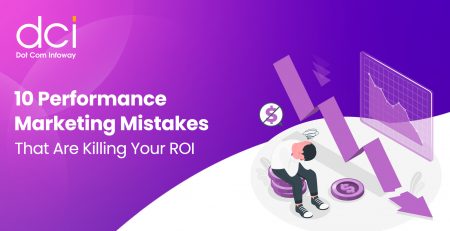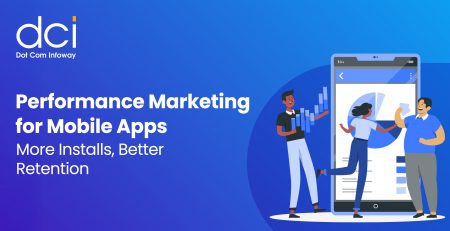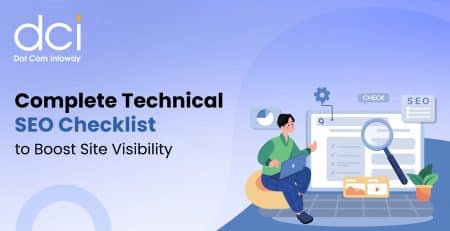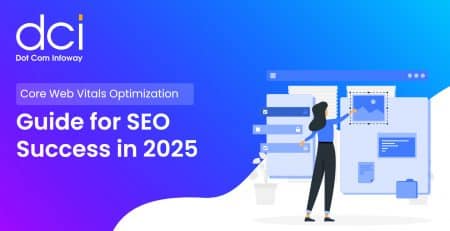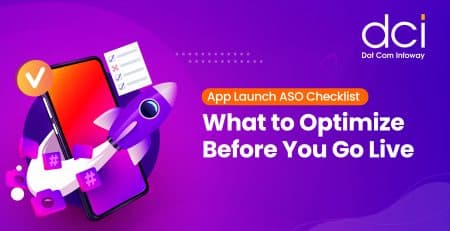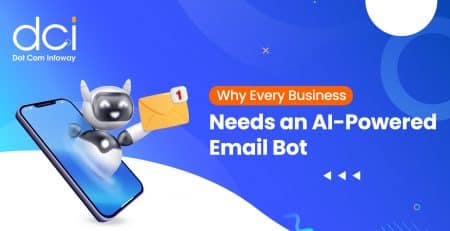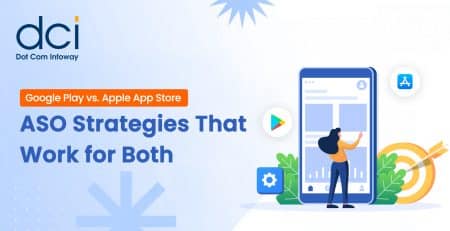Push Notification Strategies to Improve User Engagement and Retention
In today’s fast-paced digital landscape, user attention is more fleeting than ever. Businesses struggle to maintain engagement and prevent churn, making it crucial to adopt strategies that keep users connected. One of the most powerful yet underutilized tools in this regard is push notifications. When used correctly, push notifications can significantly enhance user engagement, bringing customers back to your app or website and fostering long-term loyalty. However, many brands either bombard users with irrelevant messages or fail to leverage push notifications effectively, leading to opt-outs and lost opportunities. This guide explores advanced push notification strategies that not only capture attention but also drive real user actions, improving both engagement and retention.
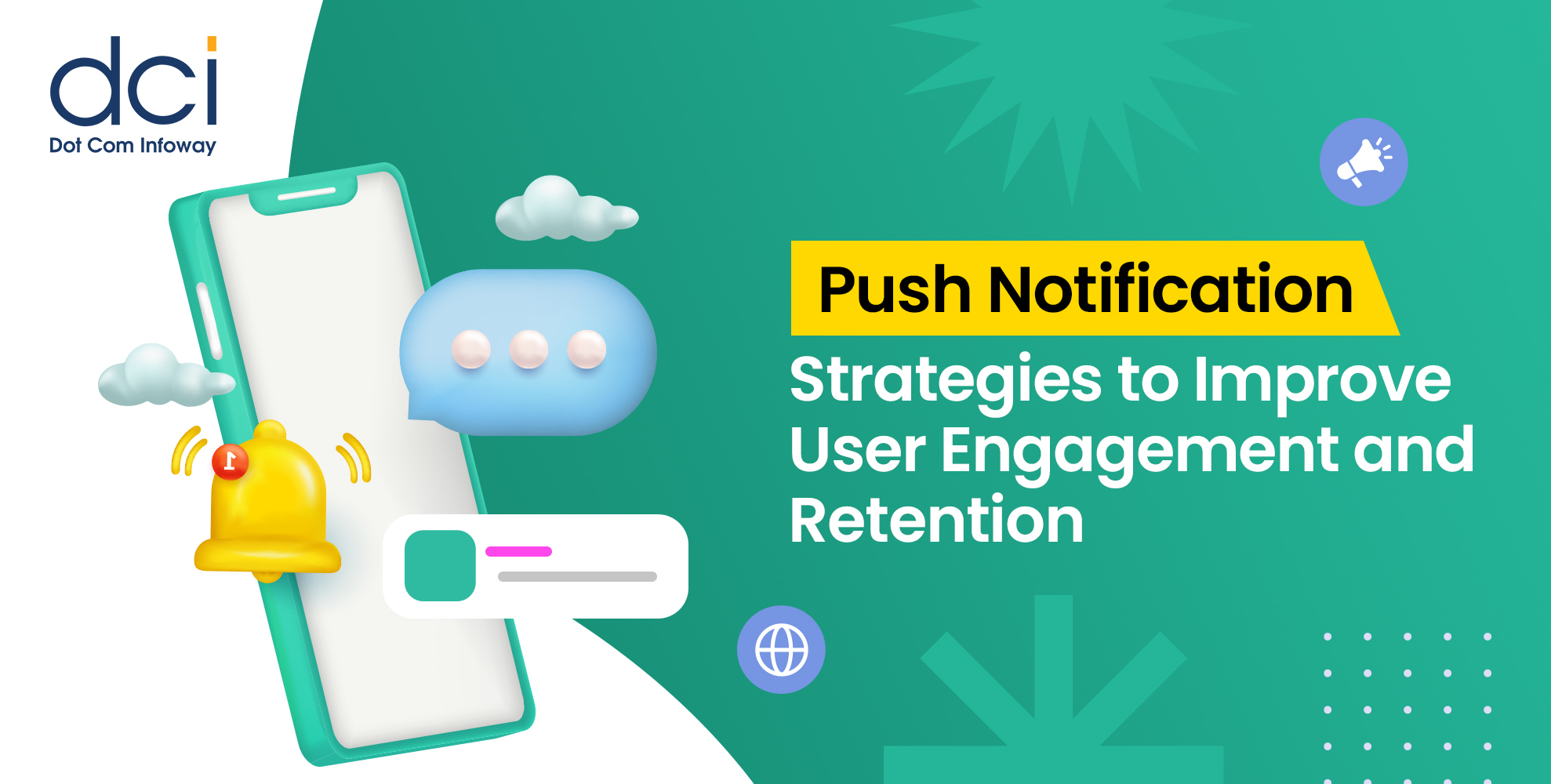
Why Push Notifications Matter for Engagement and Retention
Push notifications have transformed how businesses interact with users, providing a direct channel to their devices without relying on email or social media algorithms. Unlike other marketing channels, push notifications enable real-time engagement, prompting users to take immediate action. Studies show that personalized push notifications can boost open rates by over 800% compared to generic messages. More importantly, they help maintain a consistent connection with users, reducing churn rates and increasing the lifetime value of customers. The challenge, however, is in striking the right balance—too many notifications can lead to frustration, while too few may cause users to forget your app or brand altogether.
Crafting the Perfect Push Notification: Key Elements for Success
Effective push notifications share several key traits: relevance, personalization, timing, and clarity. A well-crafted push notification delivers value to the user while being concise and actionable. The first crucial element is personalization—users are more likely to engage with messages tailored to their preferences, behaviors, and past interactions. Instead of sending a generic “Check out our new features,” a more compelling message would be “Hey [User’s Name], we’ve added something special just for you—tap to see what’s new!” Timing also plays a crucial role; notifications should be sent when users are most likely to engage, based on analytics and behavioral insights. Finally, clarity and urgency encourage action, making it essential to use strong CTAs like “Claim Your Exclusive Offer Now” or “Join the Live Event Before It Ends!”
Segmentation: Targeting the Right Users at the Right Time
Sending the same push notification to every user rarely works. Segmentation allows businesses to divide their audience into distinct groups based on demographics, behavior, engagement history, or preferences. For instance, an e-commerce brand can send cart abandonment reminders to users who added items but didn’t complete the purchase, while a fitness app can notify users about a new workout routine based on their past activities. By using data-driven segmentation, businesses can ensure that each message resonates with its intended audience, leading to higher engagement rates and a more personalized user experience.
Behavior-Based Push Notifications: Driving Action Through Insights
Rather than relying on generic broadcasts, behavior-based push notifications are triggered by specific user actions. These messages feel more natural and relevant because they align with what the user has already done. For example, a media streaming app can send a push notification like, “Continue watching your favorite show—Episode 4 is waiting for you!” Similarly, a travel booking app might remind a user about an incomplete hotel reservation with a message such as, “Still planning your trip to Paris? Secure your stay before prices go up!” By aligning push notifications with user behavior, businesses can create a seamless and engaging user journey.
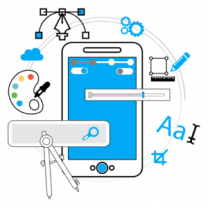
Ready to boost your website’s rankings and online visibility?
Discover how our expert SEO services can resolve ranking issues, drive traffic, and elevate your website’s performance to the next level!
Timing and Frequency: Finding the Sweet Spot
The timing of a push notification can make or break its effectiveness. Sending notifications at random hours can lead to frustration and high opt-out rates. Instead, businesses should analyze user activity patterns to determine optimal delivery times. Research suggests that push notifications sent between 6 PM and 8 PM tend to have the highest engagement rates, as users are more likely to check their phones during their downtime. Additionally, maintaining the right frequency is crucial—overloading users with multiple notifications a day can lead to fatigue, while sending too few may cause them to lose interest. A/B testing different frequencies can help brands find the ideal balance for their audience.
Rich Media Push Notifications: Enhancing Engagement with Visuals
Text-only push notifications have their place, but rich media messages—those that include images, GIFs, or videos—tend to capture more attention. A compelling image or an eye-catching animation can boost engagement significantly. For example, a fashion brand launching a new collection can include an image of the latest styles in their push notification, making it visually appealing and instantly recognizable. Similarly, a food delivery app can use an enticing image of a user’s favorite meal to encourage orders. By leveraging rich media, brands can create more immersive experiences that drive higher conversions.
Interactive Push Notifications: Boosting Engagement with Two-Way Communication
Modern push notification platforms allow businesses to send interactive messages that enable users to take action directly within the notification itself. These interactive elements could include buttons like “Yes” or “No”, polls, or quick-reply options. For example, a ride-hailing app might send a notification asking, “Need a ride home? Yes | No,” allowing users to book a ride instantly. Interactive push notifications remove friction, making it easier for users to engage without having to open the app.
Automated Drip Campaigns: Keeping Users Engaged Over Time
One-off push notifications can be effective, but automated drip campaigns take engagement to the next level by delivering a series of strategically timed messages. These campaigns nurture users through different stages of the customer journey. For instance, a fitness app could create a 7-day workout challenge and send daily push notifications to keep users motivated:
- Day 1: Welcome to your 7-day fitness challenge! Start with a 5-minute warm-up.
- Day 3: You’re doing great! Time to level up—today’s workout is all about endurance.
- Day 7: Final day! Complete your last session and share your achievement with friends!
This gradual, value-driven approach ensures users stay engaged without feeling overwhelmed.
A/B Testing: Optimizing Push Notification Performance
No push notification strategy is complete without continuous optimization. A/B testing different message variations can reveal what resonates best with your audience. Factors to test include message length, tone, CTA placement, and notification timing. By analyzing metrics such as open rates, conversion rates, and opt-out rates, businesses can refine their approach to ensure maximum impact.
Conclusion
Push notifications, when executed strategically, can bfe a game-changer for user engagement and retention. From personalization and segmentation to behavior-based triggers and interactive messaging, businesses have a wealth of tools at their disposal to create meaningful connections with their users. However, success lies in delivering value rather than spam—by focusing on relevance, timing, and user preferences, brands can build stronger relationships and drive long-term engagement. With the right approach, push notifications can become one of the most effective tools in a company’s digital marketing arsenal.

